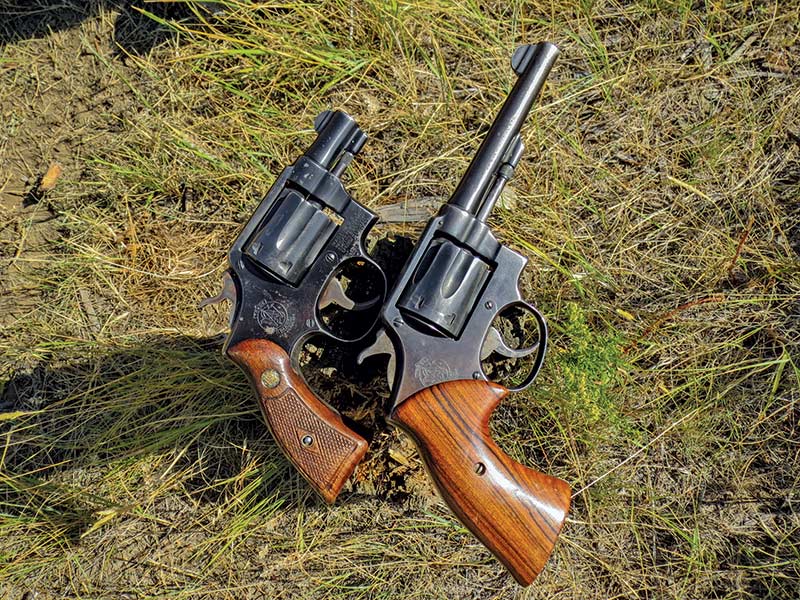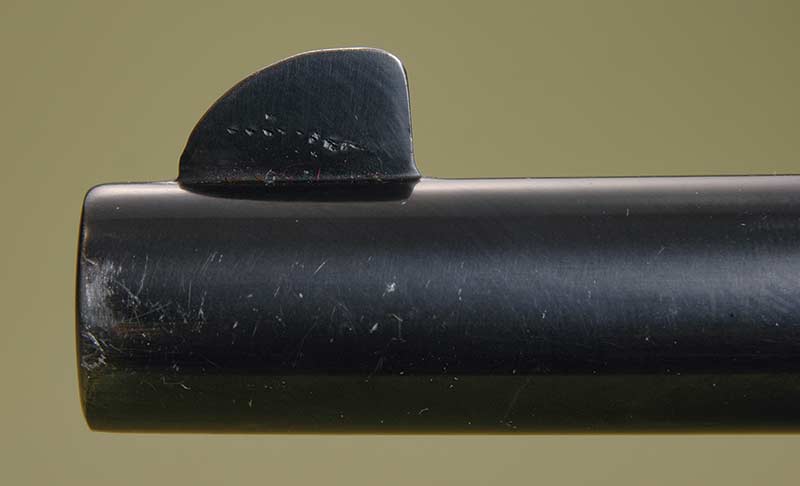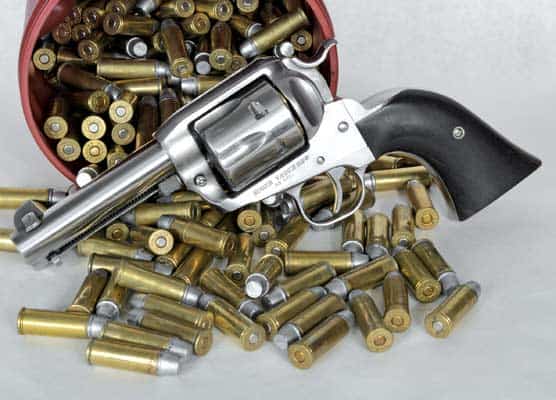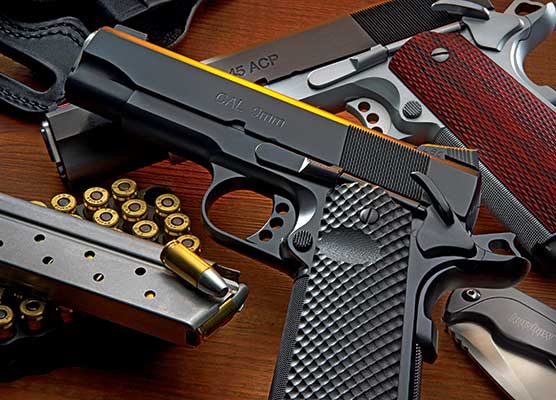Making Your Revolver Personal
In nearly 60 years of handgunning, during which I’ve owned hundreds of revolvers, I’ve learned much about making them suitable for me personally. That’s more about making them as shootable as possible. In the beginning, when I bought a revolver, whether new or used, it came “as-is” regarding grips, trigger pull, or sight zero with fixed or adjustable sights. Being in my teens in the backcountry of West Virginia, there were just barely enough spare bucks to buy powder and primers and no one to do gunsmithing for me, even if I’d had solid notions as to what was needed.
Here are some of the things I’ve come to feel are important for good shooting revolvers.
Grips
Top of my list is grips (or stocks, if you prefer). I’ll use S&W K-Frames as an example. Almost all K-Frames came from the factory with their “Magna”-style grips. They were well made in-house and perfectly fit to frames. Their failing was they were “everyman” grips, suitable for all but specific to no one. Over the years, I’ve become acquainted with custom grip makers. One such knew exactly what I meant about K-Frame grips and crafted a set fitting my hand perfectly. They set on my late 1940s S&W Military & Police .38 Special, a revolver that has the smoothest double-action pull I’ve ever experienced. (I won’t mention his name as he is long deceased.)
Contrary to S&W, grips have been those on Colt SAAs. For me, factory SAA grips are too bulbous. My desire for single action grips are ones more slender but yet still curvaceous. I’ve had Bill Fuchs of Spring Creek Armory in Ten Sleep, Wyo., craft several sets of one-piece grips for some SAAs and his feel perfect in my rather short-fingered chubby hands.
Trigger
Next in importance for me are trigger pulls. Nowadays, with the proliferation of lawyers, gun makers must err on the high side for trigger pull weights. For some new revolvers, I’ve put a trigger pull gauge to measure five, six, or even 7 lbs. for single-action pull. Way back in the 1970s, I acquired a used S&W Model 19 .357 Magnum with a 6″ barrel. Its single-action trigger pull was right on at 2 lbs. I did much “cow pasture” target shooting with it; one day bringing home four frozen turkeys. That’s one of the very few handguns I regret selling or trading. My SAAs that have undergone custom action smoothing satisfy me with 3-lb. pull weights as I’m timid about asking gunsmiths to go lighter in this day and age.
Almost any Colt SAA revolver bought in the last 50 years likely needs an action smoothing right out of the box. Almost all of mine have been sent down that road. Collectively speaking, I’ve not been disappointed with the action jobs of several smiths. However, one well-known fellow made one of my Colt SAA’s hammers fall so light it would not ignite primers when pointed uphill. By the way, anytime one of my revolvers goes out for work, I include in the order that their forcing cones smoothed with that 11-degree angle so popular now.
Zeroing
Some readers may feel zeroing should be placed at the top in importance — making it hit where it’s pointed. Naturally, a great many revolvers wear fully adjustable sights, and that’s a great thing when changing bullet weights, powder charges, etc. However, the sport of cowboy competition put literally thousands of single-action revolvers on shooting ranges. And I’d bet the vast majority of them did not shoot to their point of aim right out of their boxes.
Mine did not: usually hitting a bit left but on for elevation if bullets were close to factory weight for that cartridge. For example, 250/255-grain bullets for .45 Colt, 240/250-grain ones for .44 Special, and so forth. It became necessary to have their barrels turned just a bit to the left. That’s a shoot-and-see situation but never has the amount of turn been radical, just barely noticeable if looking closely over the top strap. Twice in frustration, I grabbed a set of pliers from my pick-up’s glove box and bent a Colt’s front sight. I read about doing that in a long-ago article by the late Col. Charles Askins.
I’ve been called a nut-job and worse for admitting that, but those revolvers do hit the point of aim. The pliers’ tracks on sights are visible. (I do not recommend this method of zeroing. Sight blades have been known to come unstuck!) You best have a competent gunsmith do the barrel twisting for you. Once sighted for a specific load, fixed-sight revolvers are thereafter always zeroed.
Not all of my revolvers are personally adapted to my preferences. Expensive collectible ones remain untouched. My ordinary shooters are set up as I like them.








